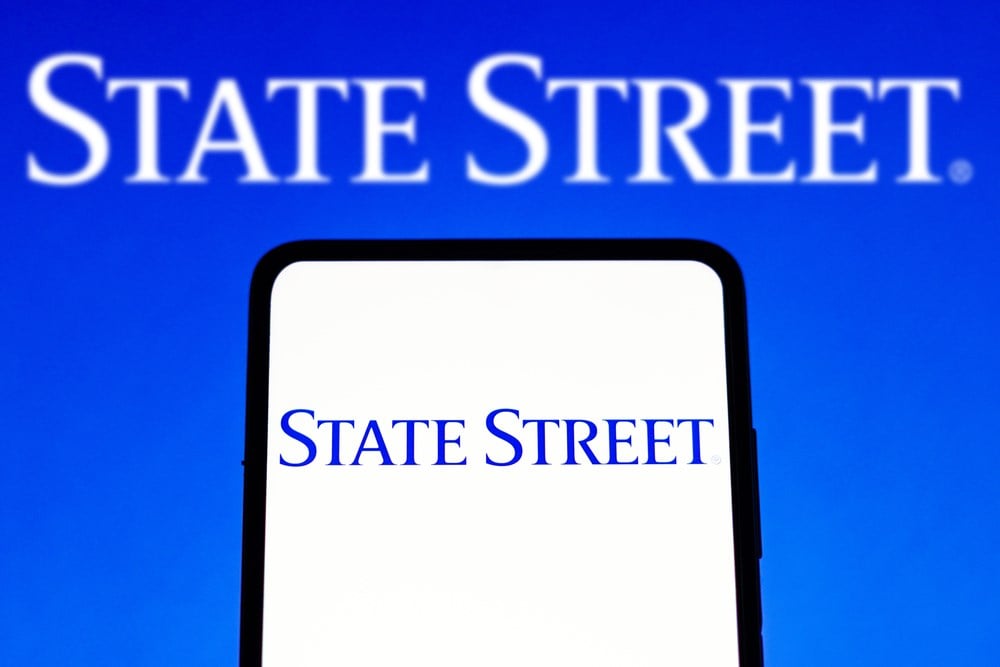
State Street (NYSE: STT) shares have declined by more than 10% in today's trading session, past any standard deviations experienced in the past on a normalized basis by investors. This reaction is attributed to market sentiment reflecting what has been reported in the latest quarterly earnings. The figures announced in the report, along with the subsequent stock price reaction, surprised investors and operators in the financial sector after banks like Citigroup (NYSE: C) and Wells Fargo (NYSE: WFC) reported their own first quarter 2023 figures and saw more positive reactions upon their favorable statistics.
Citigroup proved to be the cheaper stock in the peer group, while Wells Fargo acknowledged it has some work to do before it takes off.
The sell-off in the stock price comes after State Street announced a decline in revenue across virtually all of their business segments and units, save for a year-on-year 50% increase in NII (Net Interest Income) driven mainly by the interest rate hikes implemented by the FED as an attempt to fight the elevated levels of inflation seen in the United States economy during 2022.
In addition, other developments may be causing markets to overreact to the earnings report and miss approaching technical and fundamental levels, which may act as support.
Understanding Investor Worries
Starting with diluted earnings per share decline of 20.4% year over year and a 3.2% on a quarter-to-quarter basis, investors were not all that pleased to see the profitability of their position decline so aggressively. Understanding where and why this decline took place is critical to understanding what the near future may hold for the bank.
Despite retiring twenty-seven million shares (of 7%) from the open market in 2022, book value per share only increased by 2.5% for the same period. This means that shareholder value creation was smaller and slower than the pace of inflation and buybacks affected by management, all coupled with nearly a quarter decline in earnings per diluted share.
In addition, management and servicing fees saw a year-on-year decrease of 11% and 12.1% for the respective businesses within the company.
This decline is attributed to the declining AUM (Assets Under Management) over 2022 from USD 4 trillion to USD 3.6 trillion, or a 10% decline for the year. Lower AUM directly translates to lower fee generation, lower volumes for trading and advisory/servicing fees, and other business activities.
A concerning 21% revenue decline from their enterprise solutions business powered by their technological platform enabled by "State Street Alpha." According to management, this 21% revenue decline was driven by lower on-premises renewals and professional services revenue. Investors may find this a direct pressure on the bank's current technology platform's market share.
State Street's efficiency ratio, a measure of profitability for banks calculated as total operating expenses divided by net interest and non-interest revenue, increased from 72% in 2022 to 76% in 2023; a higher percentage effectively represents a lower efficiency within the bank's operations thus placing another form of concern for investors selling off the stock. In addition, deposits at State Street also saw a 9.8% decline on a year-on-year basis, severely limiting the bank's ability to generate new loans and derive additional interest income from them.
Where Investors can Find Hope
State Street's LCR (Liquidity Coverage Ratio) increased from 120% in the fourth quarter of 2022 to 124% in the first quarter of 2023, a positive sign of the bank managing its liquidity requirements efficiently despite declining deposits and increasing expenses. In addition, as mentioned, State Street management retired twenty-seven million shares from the open market, returning nearly USD 1.5 billion to shareholders, additionally paying a dividend of $2.40 per share for a current yield (aided by today's decline) of 3.55%.
Management also points out that investors can expect further share buybacks during 2023. Up to USD 4.5 billion is to be deployed throughout the year; with STT stock currently selling off, management may be more inclined to utilize this program sooner than later.
Investors can look at the declining revenue segments as a natural side effect of rising interest rates and current monetary policy; as money and financing become more expensive, some financial services may fall out of favor as users opt to allocate their capital into higher-yielding pockets like treasuries or savings accounts. However, with the bulk of the pivots felt in the first quarter, shareholders can now focus on the opposite side of the coin.
Elevated interest rates can open State Street up for higher net interest income and a chance to lure in depositors through higher-yield savings accounts; an increase in deposits will reinforce a positive cycle of additional loan generation and subsequent interest income.
With STT trading below 10x price-to-earnings multiple and reaching a critical support level of $60-$65 forming a triple-bottom pattern, investors may see a shinier light of day with the stock falling into the "golden ratio" of Fibonacci retracements within that support. Reaching these levels would subsequently incentivize management to deploy some of the capital currently pooled for share buybacks and boost the dividend yield to 3.7-4.0%.













